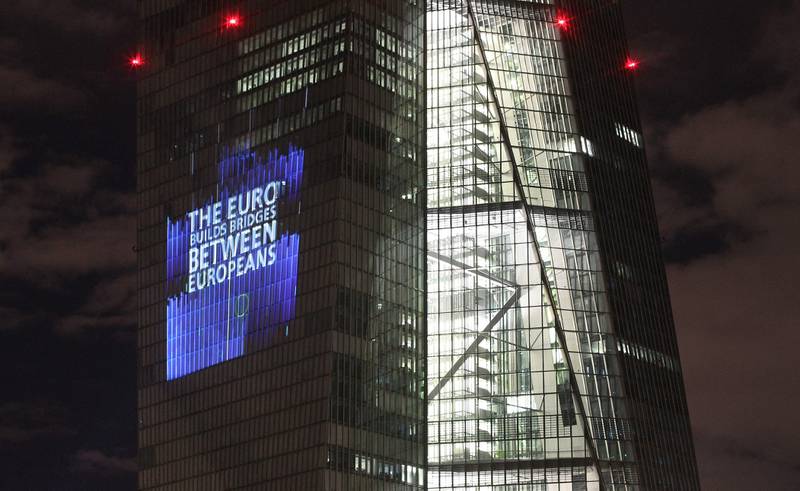The euro at 20: how resilient currency united Europeans

Look under old mattresses, put your hands down the sides of second-hand sofas or lift up floorboards in homes across the eurozone and you may still find old coins and notes denominated in long defunct national currencies.
That is because in some eurozone countries, including Germany, it is still possible to exchange unlimited amounts of old currency into euros – 20 years after the notes and coins were first adopted by 12 countries on January 1, 2002.
In Berlin, the capital of Germany, and the neighbouring state of Brandenburg alone, about 2.63 million deutschmarks, the equivalent of €1.35 million were exchanged between January and the end of November 2021.
Today, the euro, which has dropped 7.27 per cent this year against the dollar as investors bet the European Central Bank would be slower to end pandemic-era stimuluses than rival central banks, is the currency for more than 340 million people in 19 EU member states, according to the ECB.
Meanwhile, 60 countries and territories outside the euro area, representing 175 million people, have linked their own currencies to the euro, either directly or indirectly.
As a result the euro is the world’s second currency for international payments, borrowing, lending and central bank reserves, with more than half of global green bond issuance denominated by the euro.
How the euro took on the mighty US dollar
The euro has come a long way since it first went into circulation two decades ago when French president Jacques Chirac hailed the launch by declaring that Europe was "affirming its identity and its power".
To the euro's biggest fans, the currency was not only a leap of faith into European unity, but also set up a rivalry with the US and its powerful dollar.
Twenty years on, there is no question that the dollar still reigns supreme, with the spread of coronavirus causing the dollar's value to jump as investors poured into the safety of the world's de facto global currency.
While about 60 per cent of foreign-exchange reserves parked in central banks are denominated in dollars, the euro's share makes up just 20 per cent, according to the European Central Bank.
But even if it poses no direct threat to the mighty greenback, Europe's single currency has kept up the momentum since it began circulating in January 2002, becoming a respected runner-up to the US dollar.
ECB President Christine Lagarde, who shares her birthday with the currency on Saturday, is naturally a big fan, stating that the currency has helped to unite Europeans, citing a Eurobarometer survey that found 41 per cent of citizens consider the single currency second only to freedom of movement.
The currency also has a 78 per cent approval rate among citizens – with not even a flicker of doubt in the year the eurozone finally parted ways from the UK following the conclusion of Brexit.
Recalling her early fondness for the euro in a newspaper column, Ms Lagarde said she spent January 1, 2002 with family and friends at her home in Normandy, heading to a cash machine shortly before midnight “anxious” to withdraw her first euro notes.
Despite her friends believing the system would not cope and would dispense French francs as it became overwhelmed by demand, the machine delivered the crisp euro notes she desired.
“That personal moment was one small part of the world’s largest ever monetary changeover, and the euro has only grown since,” she wrote in the Irish Independent on Friday.
Euro first dates back to 1999
The origins of the euro actually date back a little earlier, to 1999, when 11 countries, including France, Germany, Ireland and Spain, fixed their exchange rates and created a new currency with monetary policy passed to the ECB.
However, it was more of an invisible currency in those early years, used only for accounting purposes and electronic payments, before euro notes and coins went into circulation at the start of 2002 with the addition of Greece.
While Ms Lagarde joined the many New Year’s Eve revellers queueing at cashpoints to withdraw notes, it was not an entirely smooth ride with the switch provoking sporadic price increases across Europe.
From Spanish bus tickets, which jumped by 33 per cent, to a Finnish bazaar, where "everything for 10 markka (€1.68 euros)" was now "everything for €2", many price tags were a little heavier once the single currency became legal tender.
